223 Ammo
WHAT IS 223 REM AMMO?
223 ammo also knows as 223 rem ammo refers to ammunition that is compatible with firearms chambered in .223 Remington or 5.56x45mm NATO. It is a popular caliber for rifles and is used for hunting, target shooting, and self-defense.
IS .223 AMMO AND 5.56 AMMO THESAME?
No, While .223 Remington and 5.56x45mm NATO ammunition are similar in appearance and use the same bullet diameter, they are not exactly the same. 5.56 ammo is typically loaded to higher pressures, which can cause issues if used in a firearm designed for .223.
WHAT IS A 223 BULLET USED FOR?
A .223 bullet is typically used in rifles for hunting, target shooting, and self-defense. It is a popular caliber among gun enthusiasts and is known for its accuracy and versatility. It is important to always use the correct ammunition for your firearm to ensure safety and optimal performance.
WHAT IS A .223 AMMO USED FOR?
223 ammo is used in rifles for various purposes, such as hunting, target shooting, and self-defense. It is a popular caliber for its accuracy and versatility and is commonly used by gun enthusiasts.
WHAT CALIBER IS 223 EQUAL TO?
.223 Remington is equivalent to a 5.56x45mm NATO round. They both use the same bullet diameter of .224 inches, but the 5.56 round is typically loaded to higher pressures and velocities.
WHAT IS THE LETHAL RANGE OF A 223?
Generally, the effective range of 223 ammo for hunting and self-defense purposes is about 400-600 yards,
WILL A 223 GO THROUGH A PERSON?
Yes, It is possible for a .223 bullet to go through a person, depending on the type of firearm and ammunition being used, the distance from which the shot is fired, and the angle of impact.
IS 223 AMMO LEGAL?
Yes, 223 ammo is legal in Canada. It is a popular caliber for rifles and can be purchased and used with the appropriate licenses and permits.
HOW TO RELOAD 223 AMMO?
To reload 223 ammo, you will need a reloading press, die set, powder, primers, and brass casings. First, resize and deprime the brass casings using the resizing die. Then, prime the brass casings with the appropriate primers. Next, charge the casings with the desired amount of powder using a powder measure. Finally, seat the bullet using the bullet seating die and crimp the casing to hold the bullet in place.
223 ammo overview
Here’s an overview of .223 ammo:
- Cartridge Overview: .223 Remington (commonly referred to as .223) is a popular rifle cartridge that originated as a military round. It is widely used for both civilian and military applications, including varmint hunting, target shooting, and self-defense. The .223 Remington is known for its accuracy, moderate recoil, and versatility.
- Bullet Types: .223 ammo is available in various bullet types to suit different shooting purposes. Common bullet types include:a. Full Metal Jacket (FMJ): FMJ rounds have a lead core encased in a copper jacket. They are commonly used for range training, plinking, and target shooting. FMJ ammo typically does not expand upon impact.b. Hollow Point (HP): HP rounds feature a hollowed-out tip designed to promote expansion upon impact, making them suitable for hunting small to medium-sized game or self-defense.c. Soft Point (SP): SP rounds have a partially exposed lead tip, which provides controlled expansion upon impact. They are often used for hunting applications.d. Ballistic Tip: Ballistic Tip rounds have a polymer-tipped bullet designed for enhanced accuracy and rapid expansion upon impact. They are commonly used for varmint hunting and long-range shooting.
e. Match Grade: Match grade ammo is specifically designed for precision shooting and competition. These rounds are carefully manufactured for consistent performance and accuracy.
- Bullet Weight: .223 ammo is available in different bullet weights, typically ranging from 40 to 77 grains. Lighter bullets (40-55 grains) are commonly used for varmint hunting and target shooting, offering high velocity and flat trajectory. Heavier bullets (62-77 grains) are often used for longer-range shooting and can provide better penetration and stability in windy conditions.
- Velocity and Ballistic Performance: .223 ammo is known for its high velocity. Depending on the bullet weight and load, muzzle velocities can range from around 2,500 to 3,400 feet per second. The high velocity, combined with the aerodynamic designs of modern bullets, allows for a relatively flat trajectory and good energy retention at longer distances.
- Magazine Capacity: The .223 Remington is commonly used in firearms with detachable box magazines. Standard magazine capacities for .223/5.56 rifles range from 10 to 30 rounds, with larger capacity magazines available in some jurisdictions.
- Compatibility: It’s important to note that while .223 Remington and 5.56x45mm NATO ammunition have similar dimensions, they are not identical. .223 Remington can be safely fired in firearms chambered for .223 Remington, while 5.56x45mm NATO can be fired in firearms chambered for either 5.56x45mm NATO or .223 Remington. However, it’s always best to consult your firearm’s manufacturer specifications and follow their recommendations regarding ammunition compatibility.
Brief history of 223 ammo canada
The development of the cartridge, which eventually became the 223 ammo canada Remington, was linked to the development of a new lightweight combat rifle. The cartridge and rifle were developed by Fairchild Industries, Remington Arms, and several engineers working toward a goal developed by U.S. Continental Army Command (CONARC). Development began in 1957. A project to create a small-caliber, high-velocity (SCHV) firearm was created. Eugene Stoner of ArmaLite was also invited to scale down the AR-10 (7.62×51mm NATO) design.Winchester was also invited to participate
CONARC ordered rifles to test. Stoner and Sierra Bullet’s Frank Snow began work on the .222 Remington cartridge. Using a ballistic calculator, they determined that a 55-grain bullet would have to be fired at 3,300 ft/s to achieve the 500-yard performance necessary.
Robert Hutton (technical editor of Guns and Ammo magazine) started the development of a powder load to reach the 3,300 ft/s goal. He used DuPont IMR4198, IMR3031, and an Olin powder to work up loads. Testing was done with a Remington 722 rifle with a 22″ Apex barrel. During a public demonstration, the round successfully penetrated the US steel helmet as required, but testing also showed chamber pressures to be too high.
Stoner contacted both Winchester and Remington about increasing the case capacity. Remington created a larger cartridge called the .222 Special. This cartridge is loaded with DuPont IMR4475 powder.
223 ammo advantages
.223 ammo offers several advantages that contribute to its popularity among shooters. Here are some of the advantages of .223 ammo:
1. Versatility: .223 ammo is highly versatile and suitable for a wide range of shooting applications. It is commonly used for varmint hunting, target shooting, competition shooting, and even self-defense. The versatility of .223 ammo makes it appealing to both recreational shooters and professionals.
2. Accuracy: .223 ammo is known for its accuracy. The cartridge is inherently accurate, and with the right rifle and ammunition combination, it is capable of delivering excellent precision and consistency. This makes it popular among target shooters and competition shooters who require tight groupings and consistent performance.
3. Flat Trajectory: Due to its high velocity and aerodynamic bullet designs, .223 ammo exhibits a relatively flat trajectory. This flat trajectory makes it easier for shooters to compensate for bullet drop over longer distances, improving overall accuracy and making it suitable for shooting at various ranges.
4. Moderate Recoil: .223 ammo generates moderate recoil, making it comfortable and manageable to shoot for most shooters. The lower recoil allows for quicker follow-up shots and less shooter fatigue during extended shooting sessions. This makes .223 ammo suitable for shooters of different experience levels and physical abilities.
5. Availability and Affordability: .223 ammo is widely available and offered by numerous manufacturers, both in brick-and-mortar stores and online. The popularity of the cartridge ensures a consistent supply, and the competitive market helps keep prices relatively affordable compared to some other rifle cartridges. This availability and affordability make it accessible to a wide range of shooters.
6. Magazine Capacity: Firearms chambered in .223 Remington typically use detachable box magazines with varying capacities. This allows for quick and easy reloads during shooting sessions or in self-defense situations. The standard magazine capacity for .223 rifles is commonly 30 rounds, providing ample ammunition for various shooting scenarios.
7. Ammunition Variety: .223 ammo is available in a wide range of bullet types, weights, and designs. Whether you’re looking for hunting rounds, match-grade ammunition, or specialized self-defense loads, there are plenty of options to choose from. This variety allows shooters to select the ammunition that best suits their specific shooting needs and preferences.
223 ammo disadvantages
While .223 ammo offers several advantages, it also has some potential disadvantages to consider. Here are a few of the disadvantages of .223 ammo:
1. Limited Stopping Power: Compared to larger rifle cartridges, .223 ammo may have limited stopping power, particularly when used for hunting larger game or for self-defense against heavily armored or determined targets. The smaller bullet size and lower energy transfer can result in reduced terminal ballistics and penetration compared to larger calibers.
2. Wind Drift: The lightweight nature of .223 bullets, particularly those in the lower weight range, makes them more susceptible to wind drift. In windy conditions, the lighter bullets can be affected more, potentially impacting accuracy and consistency, especially at longer ranges. Shooters need to compensate for wind conditions when using .223 ammo.
3. Limited Range for Big Game: While .223 ammo can be used for hunting, it may have limitations when it comes to larger game animals. The lighter bullets and lower energy levels of .223 cartridges may not provide sufficient penetration or stopping power for larger game at extended ranges. It is generally recommended to use larger caliber cartridges for big game hunting.
4. Over-Penetration Concerns: In certain self-defense or home defense scenarios, the potential for over-penetration with .223 ammo is a consideration. The high velocity and potential for bullet fragmentation may result in the bullet passing through barriers and potentially posing a risk to unintended targets. It is essential to be mindful of the surroundings and select appropriate ammunition for self-defense purposes.
5. Limited Ammo Availability in Certain Regions: While .223 ammo is widely available in most parts of the world, there can be variations in availability and local restrictions in certain regions or during periods of high demand. It is important to ensure a reliable supply of ammunition for practice, training, and other shooting needs.
6. Barrel Wear: Continuous firing of .223 ammo, particularly with high round counts or sustained rapid fire, can contribute to barrel wear and faster erosion compared to lower-pressure calibers. Regular inspection and maintenance of the barrel are necessary to monitor wear and ensure continued accuracy and performance.
faqs on 223 ammo
Here are some frequently asked questions about .223 ammo:
- What is .223 ammo used for?
.223 ammo is used for a variety of purposes, including varmint hunting, target shooting, competition shooting, and even self-defense. It is popular among both recreational shooters and professionals due to its accuracy, versatility, and availability. - Can .223 ammo be used for hunting?
Yes, .223 ammo can be used for hunting, primarily for small to medium-sized game and varmint hunting. It is commonly used for hunting animals such as coyotes, foxes, and smaller predators. However, it is important to check local hunting regulations to ensure that .223 ammo is allowed for the specific game you intend to hunt. - What is the effective range of .223 ammo?
The effective range of .223 ammo can vary depending on factors such as the specific load, bullet weight, barrel length, and shooter proficiency. Generally, .223 ammo is effective within ranges of up to around 300 to 400 yards for most shooting applications. However, precision shooting and long-range accuracy may vary based on these factors. - Is .223 ammo the same as 5.56x45mm NATO?
While .223 Remington and 5.56x45mm NATO ammunition have similar dimensions, they are not identical. The chambers of firearms designed for .223 Remington and 5.56x45mm NATO may have slight differences, particularly in the throat area. It is generally safe to fire .223 Remington in firearms chambered for .223 Remington, but it is important to consult the firearm manufacturer’s specifications to determine the compatibility of 5.56x45mm NATO ammunition. - What bullet weights are available for .223 ammo?
.223 ammo is available in a range of bullet weights, typically from 40 grains to 77 grains. Lighter bullets (40-55 grains) are commonly used for varmint hunting and target shooting, while heavier bullets (62-77 grains) are often used for longer-range shooting and hunting medium-sized game. - Can .223 ammo be used for self-defense?
.223 ammo can be used for self-defense, but its suitability may depend on factors such as over-penetration concerns and local regulations. The lightweight, high-velocity nature of .223 ammo can provide effective terminal ballistics, but it
Reviews
There are no reviews yet.
Related products
Uncategorized
Uncategorized
Uncategorized
Uncategorized
Uncategorized
Uncategorized
Uncategorized
Uncategorized



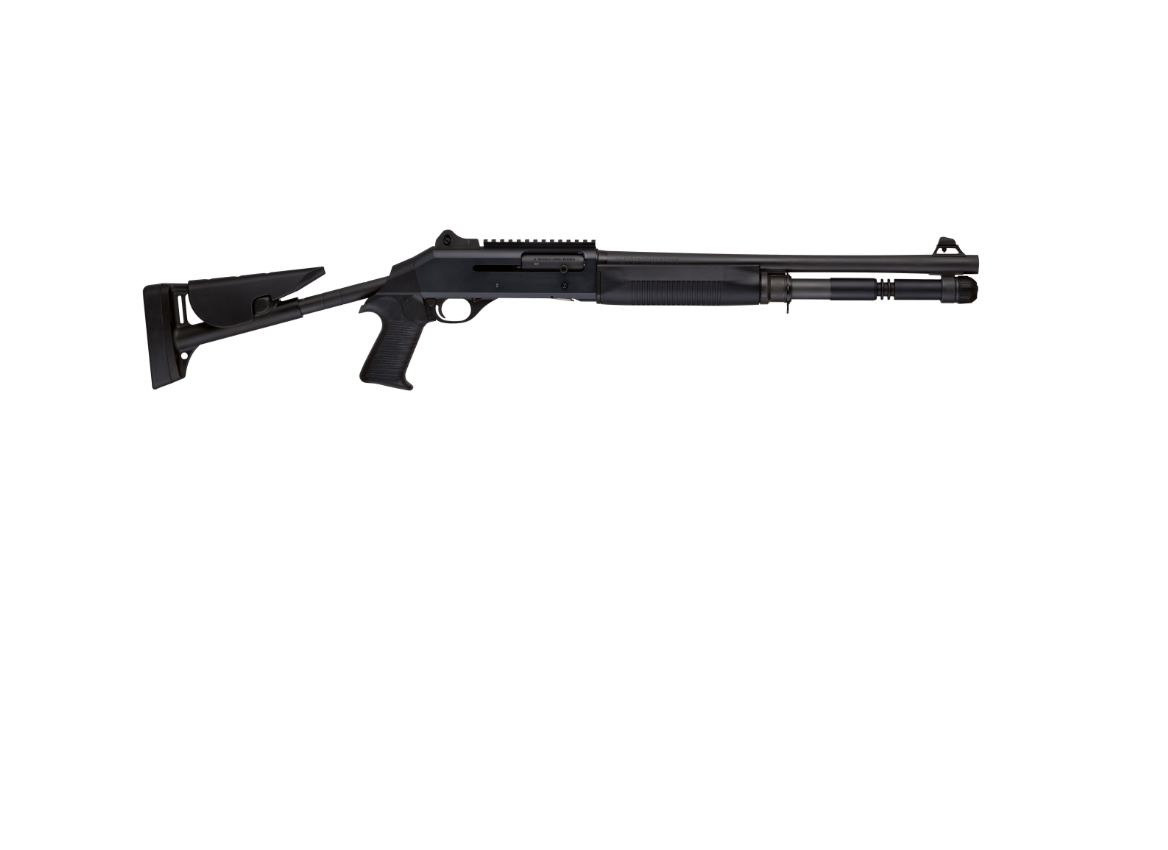
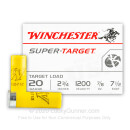
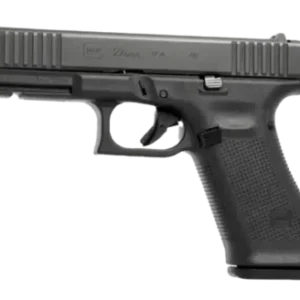


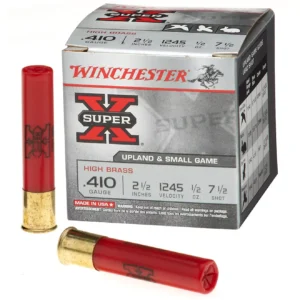

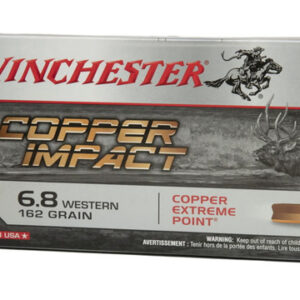
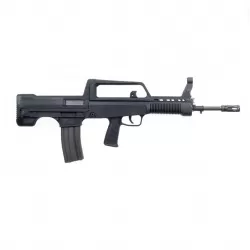
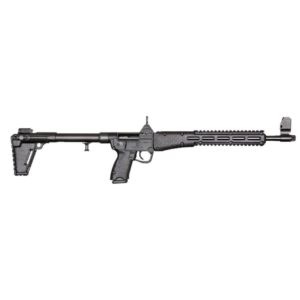
Be the first to review “223 Ammo Canada”